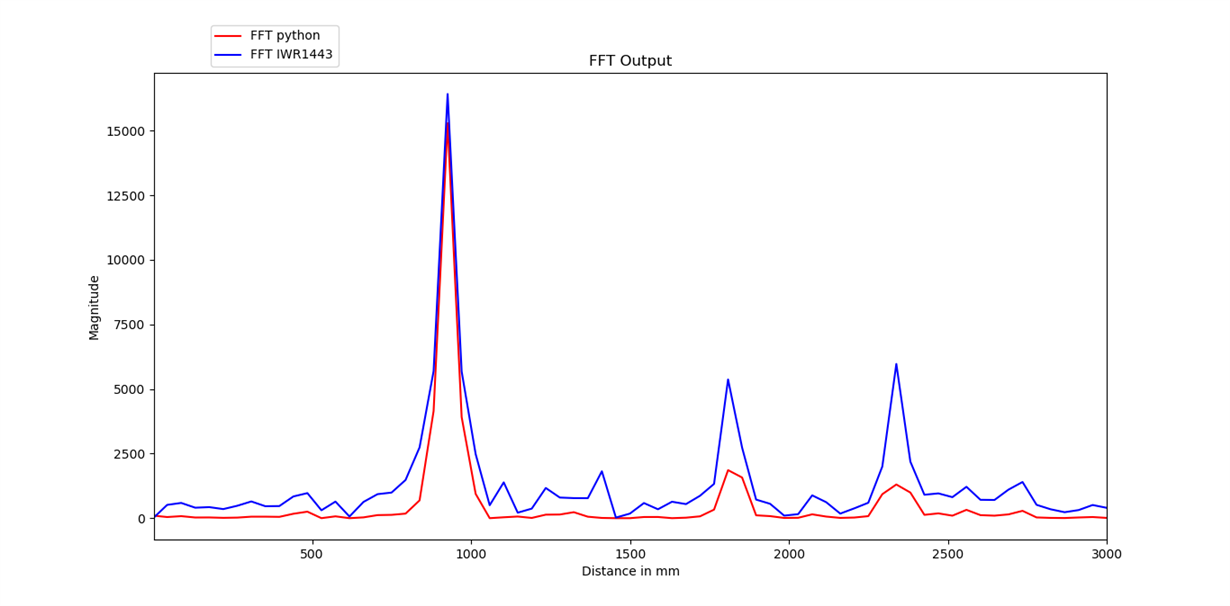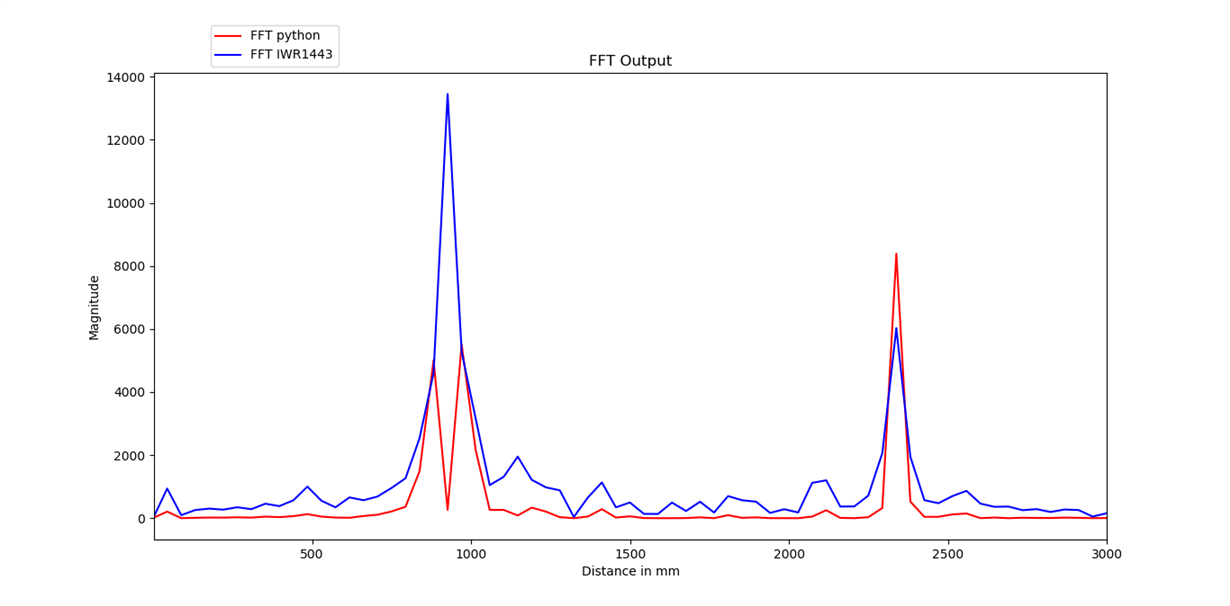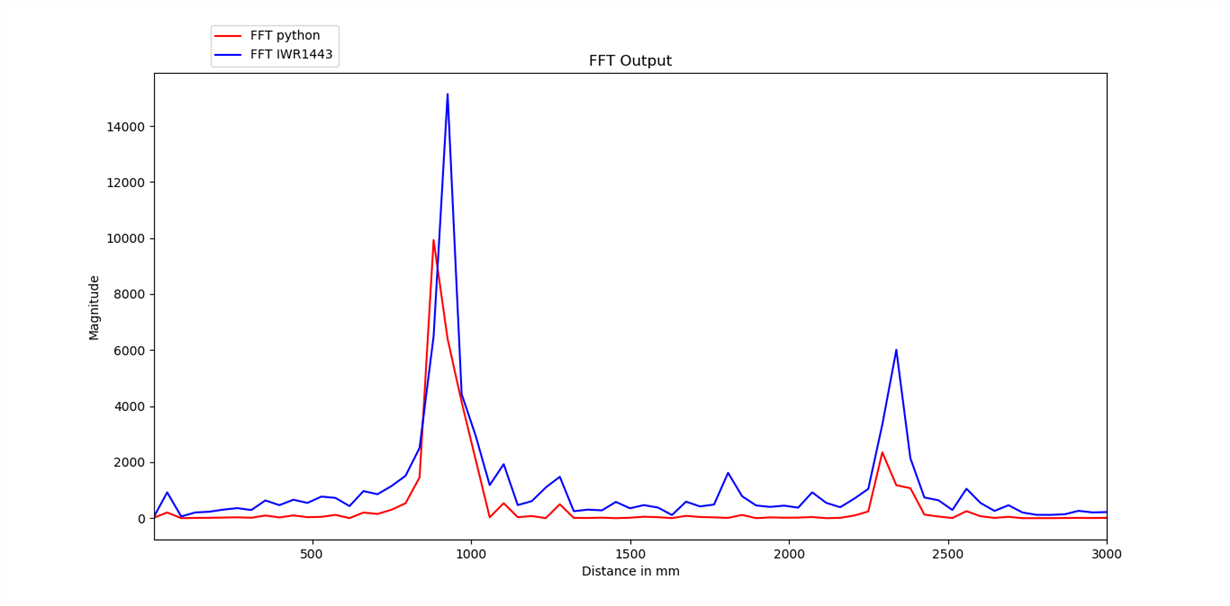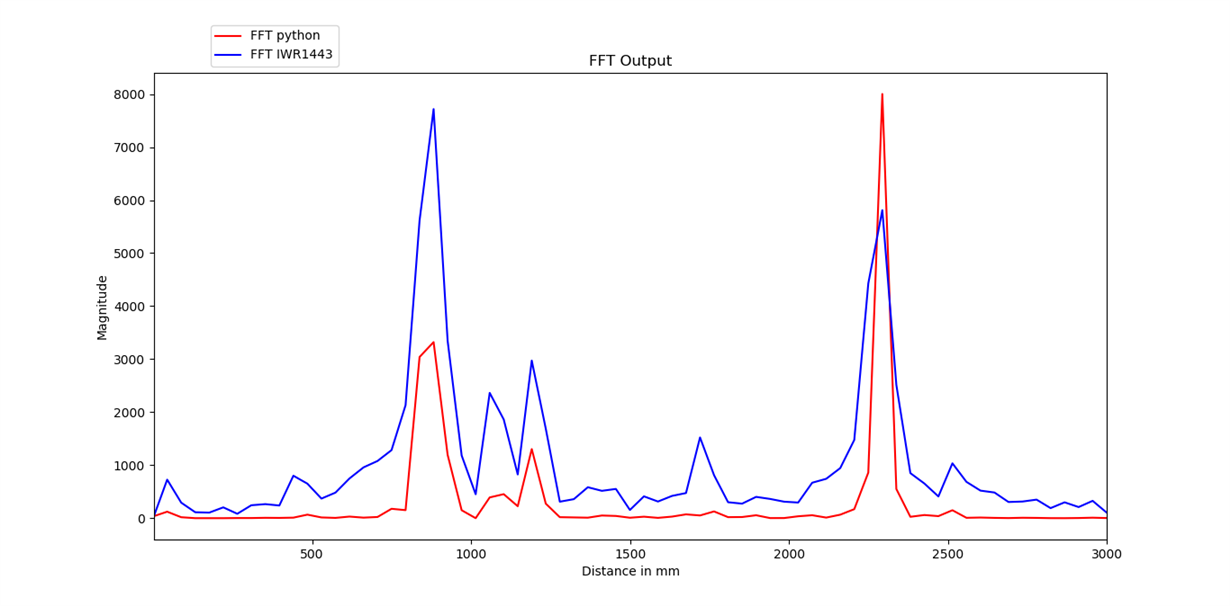Other Parts Discussed in Thread: IWR1443
Hi team,
I obtained ADC data. Plot of data is attached below. I expected the data to be like a sine wave but as shown below its having square wave shape.
Is any filtering applied to IF frequency before giving to ADC.
Thanks,
Akshay







